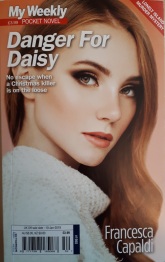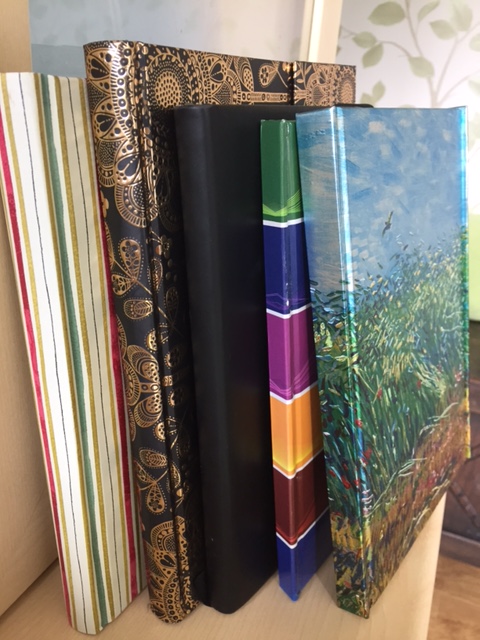In my Writing 4 Children slot in Writers’ Forum this month, picture book writer, John Condon, tells me how he discovered his love for writing picture books whilst he was working on a screenplay for a play he planned to direct.
Since then he has had two pictures book accepted for publication: The Wondrous Dinosaurium released by Maverick Arts, 2018 and illustrated by Steve Brown and The Pirates are Coming due to be released by Nosy Crow in 2020, illustrated by Matt Hunt.
John explained that even though The Pirates are Coming was accepted first, due to the backlog of pirate based stories The Wondrous Dinosaurium was published first. This is the nature of the publishing world. He is currently working on a whole load more picture books with his agent Felicity Trew.
In the feature he talks through his writing process and how he keeps the pages turning for young readers. John said:
“I use several tools to ensure readers continue to turn the pages – Action, unpredictability, and an active character the reader will care about. If a reader wants to know what happens next, you will keep them turning the pages.” John Condon
Some of his writing tips for new writers include getting someone else to read your story aloud to you to build a strong support network around you of people with similar writing interests.
To find out more about John take a look at his website www.johncondon.co.uk or follow him on Twitter @John_Condon_OTT
You can read the full interview in the #216 Oct 2019 issue of the national writing magazine, Writers Forum.













 Her pocket novel for My Weekly, Danger for Daisy, came out on January 2019. It is about the newly single Daisy Morgan who is excited about celebrating her first Christmas away from home with her extrovert flatmates. Then she meets intriguing university lecturer Seth, who offers a completely alternative Christmas – an archaeological dig on a secluded island. As she gets to know the diverse bunch of people working on Sealfarne, and romance blossoms with Seth, she begins to enjoy her adventure. But a series of bizarre occurrences convince her all is not as it seems, and there may even be murder involved…
Her pocket novel for My Weekly, Danger for Daisy, came out on January 2019. It is about the newly single Daisy Morgan who is excited about celebrating her first Christmas away from home with her extrovert flatmates. Then she meets intriguing university lecturer Seth, who offers a completely alternative Christmas – an archaeological dig on a secluded island. As she gets to know the diverse bunch of people working on Sealfarne, and romance blossoms with Seth, she begins to enjoy her adventure. But a series of bizarre occurrences convince her all is not as it seems, and there may even be murder involved…












